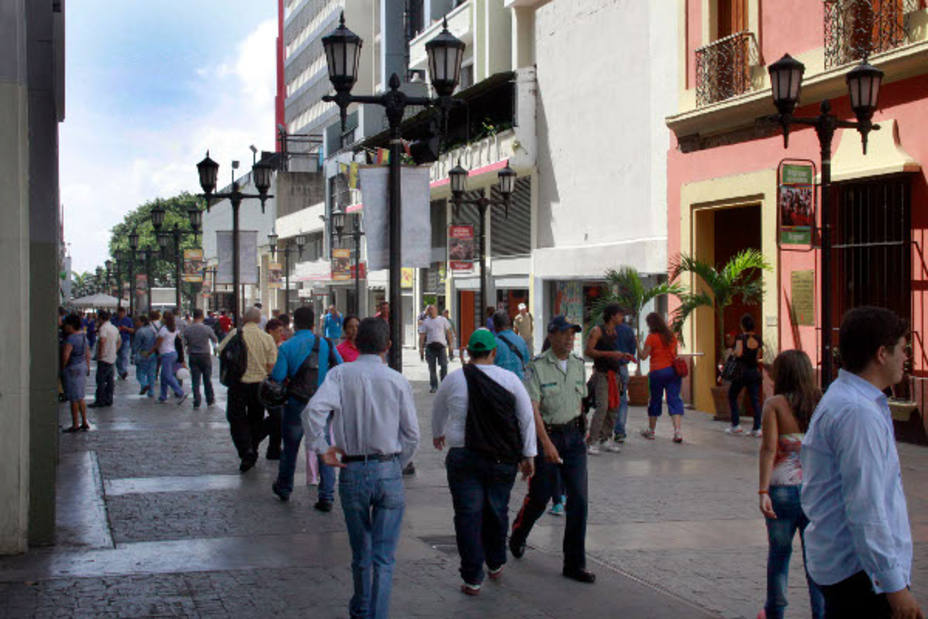
(TODAY VENEZUELA) The twenty-five original blocks of the city of Caracas were the core of the city until the middle of the 20th century. In addition to homes, the main governmental, cultural and commercial activities took place there.
The major commercial activities in this area included shoe stores between the corners of Madrices and San Jacinto, clothing between the corners of Torre and Madrices, jewelry and luxury between the corners of Bolsa and Mercaderes, and toys between Gradillas and Sociedad, besides the “Mercado Principal” (the city’s main marketplace) on San Jacinto square.
There were wholesalers and dealers, textile factories, newspapers and magazines publishers, hardware stores and other activities typical of town centers. From the original twenty-five hectares, the city grew to the north toward “Camino de los Españoles” (a road built by the Spanish settlers to link Caracas and the Port of La Guaira); southward, the city extended beyond the banks of the Guaire River; to the west, the sectors of Catia and El Valle were created and occupied all lands that were accessible from the Eastern road.
This expansion gave rise to two cities: the formal one provided with services, roads and infrastructure, and the informal one that grew on the hills and along small streams, with precarious homes lacking services and comfort.
The population multiplied more than tenfold over forty years and this implied the creation of new and better urban compounds. Commerce, as always, develops there where there are people, and emblematic institutions opted for building their lavish headquarters scattered all over the city in places that were available, albeit not always the most appropriate; however, this was possible thanks to the abundance of funds and due to the lack of permanent authorities that were capable of managing the city growth.
Lawyers preferred being close to the Supreme Court, the courts, the Registry office, official entities and banks. The same happened with other professionals. This is why, the city center, which was a dynamic area, ideal to move around on foot and to foster relations between citizens, has lost prominence.
Growth is not regrettable per se, but lacking a clear and efficient urban structure is, in spite of the linear shape of the city which facilitates making short transversal travels from one part to the other of the city. Caracas is a city that developed by its self, almost spontaneously, without following any plans, which have been being created for more than fifty years, but that, in fact, are just drawings or maps that only reflect faits accomplis.
These plans are unquestionable as a diagnosis, but the fact that every updating is visualized as a beginning, without taking advantage of the achievements derived from previous plans, is intriguing. The main players seem to consider themselves mere spectators, which may be due to the lack of institutional continuity and result in nobody feeling responsible for the city.
Proposals might be outstanding, but they remain as wishes, without priorities, phases or resources, which has contributed to create mediocre, inefficient, crowded cities marked by the lack of a sense of belonging and personal security.
The exception has been the planning and development of Ciudad Guayana, an experience that has not percolated and where state-of-the-art technology and outstanding professionals in the country converged.
Based on the unfortunate results of the other urban proposals, we should recognize that our city planning is not appropriate, except for a few specific examples. Only by doing this we could have a starting point for improvement. This not about developing outstanding and good-looking conceptual maps, but about managing growth to build better cities.













